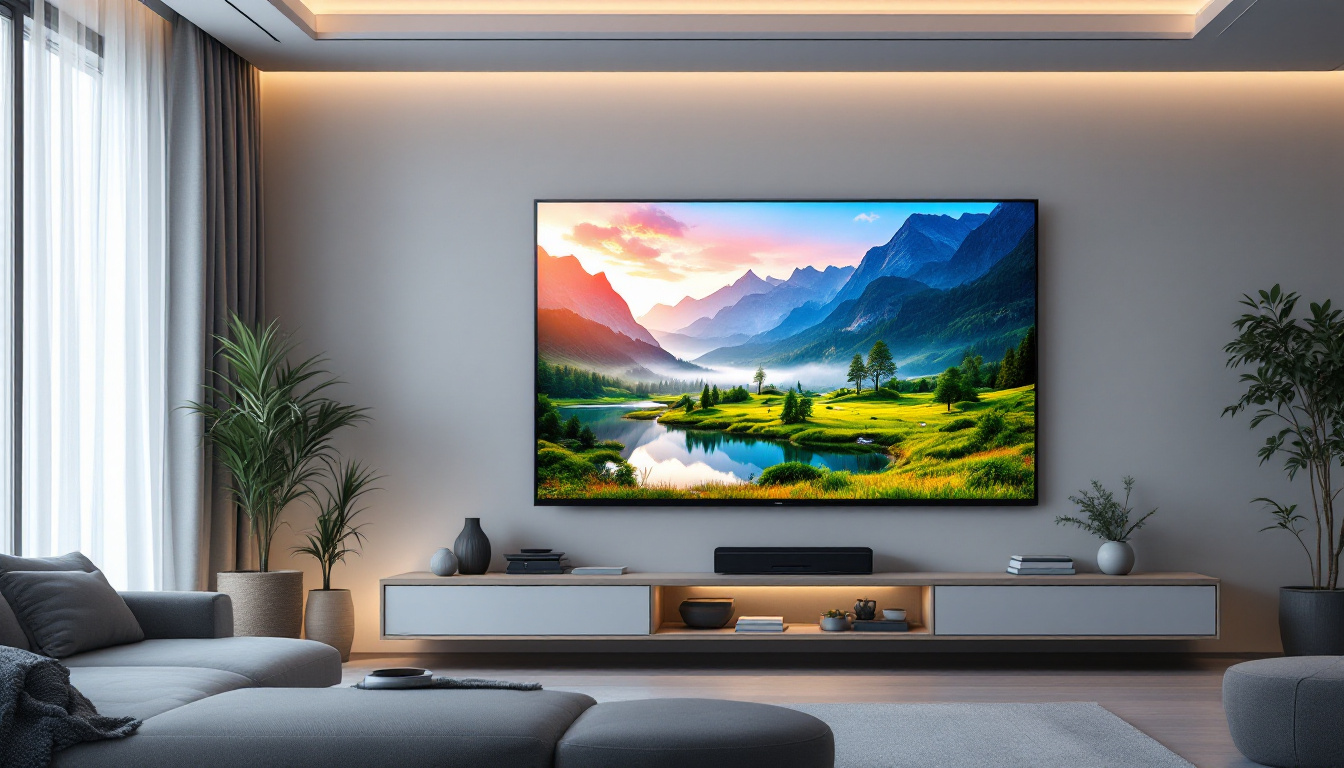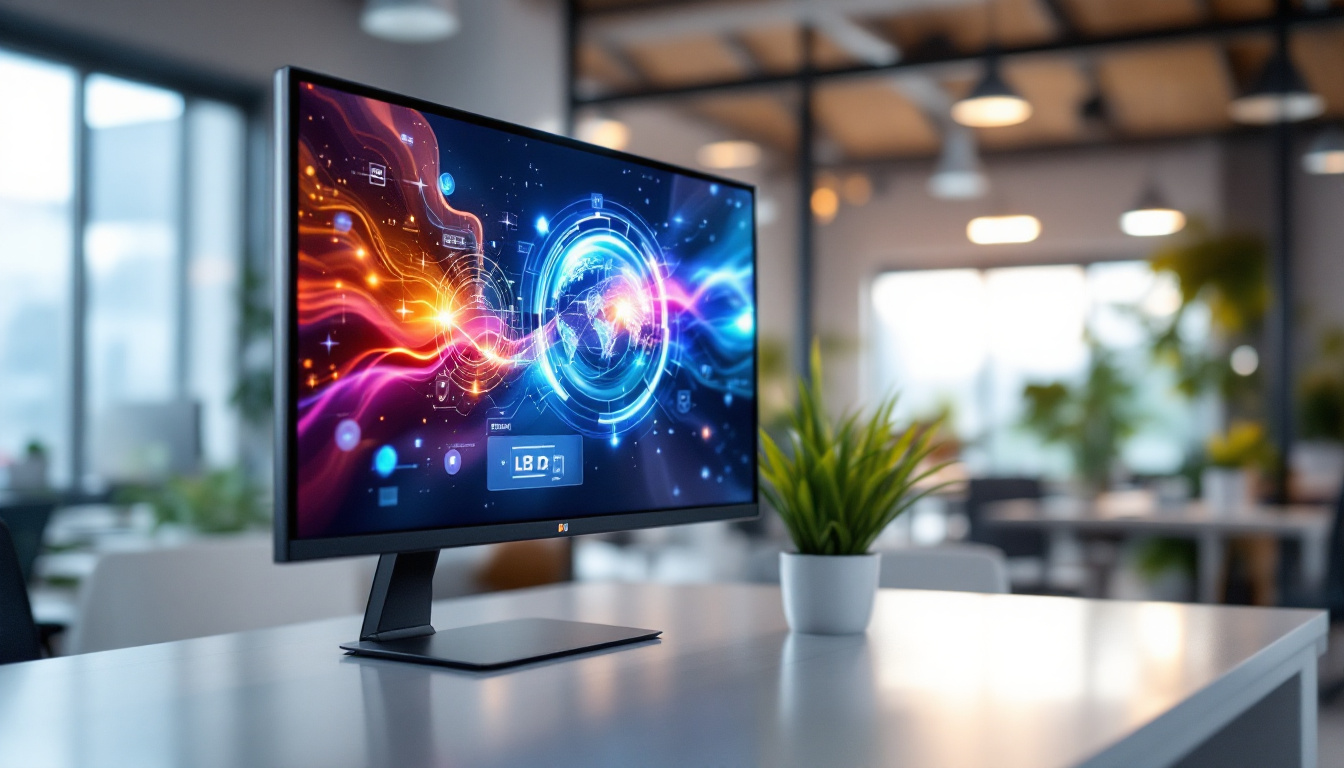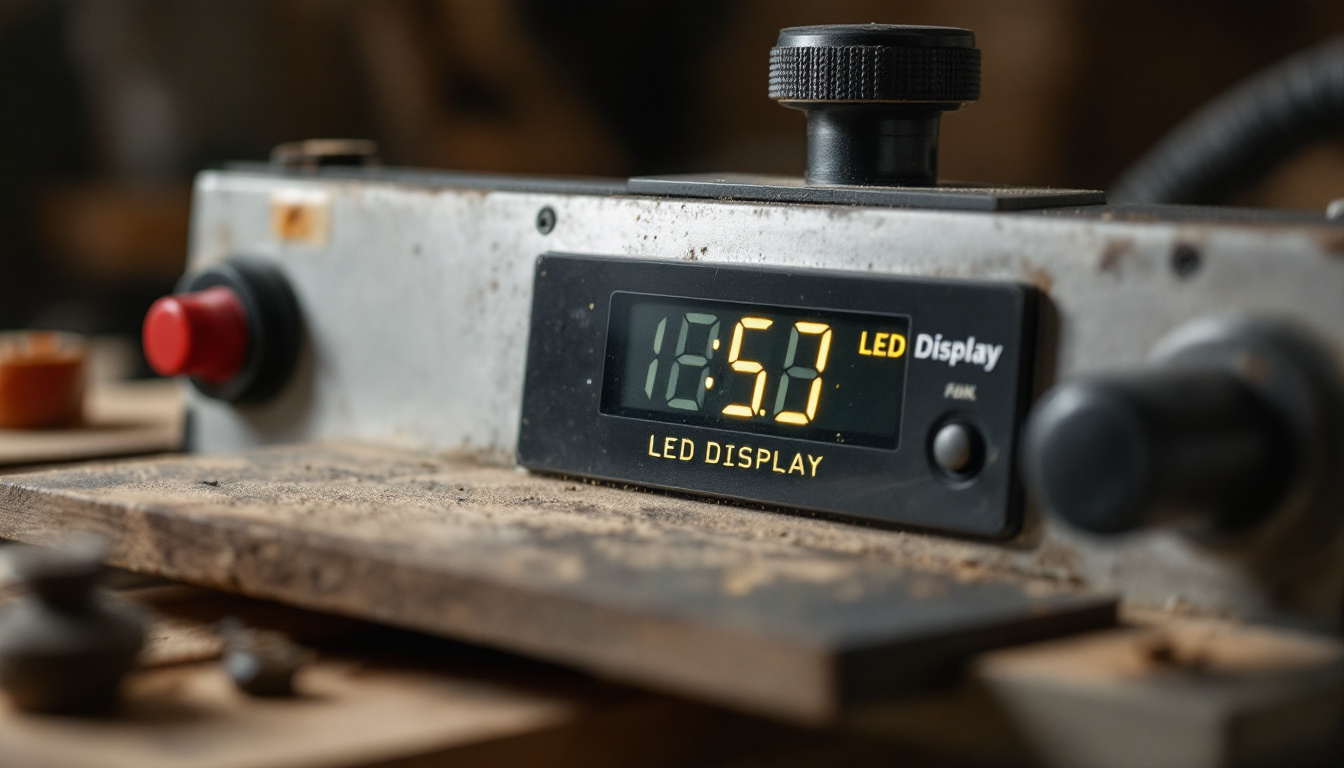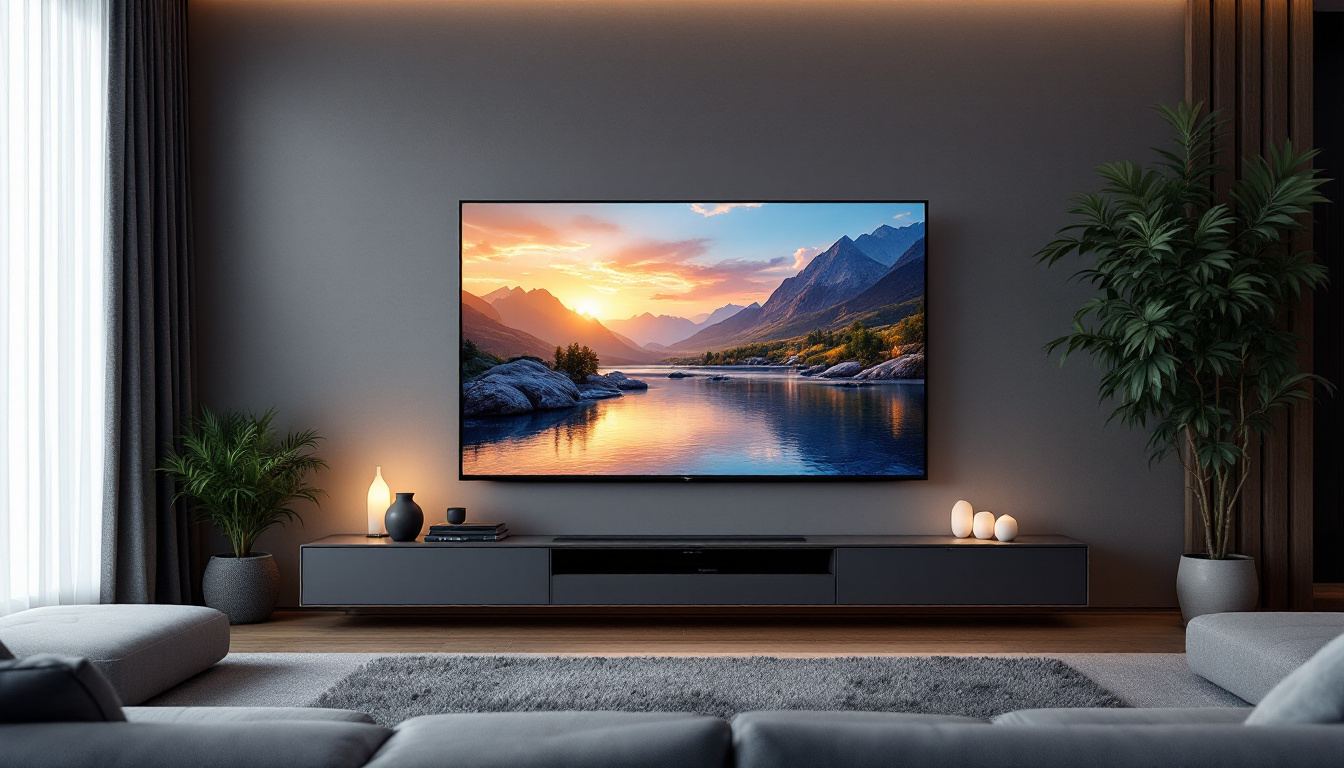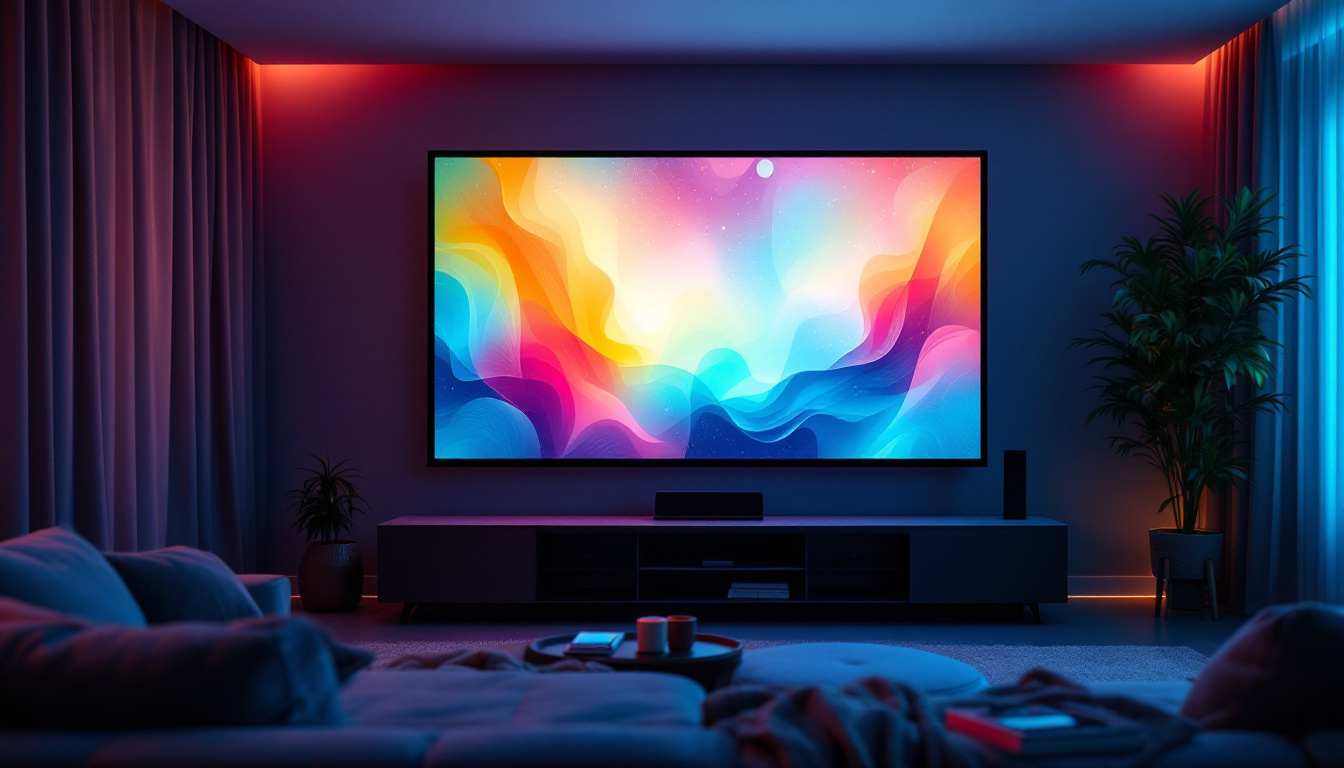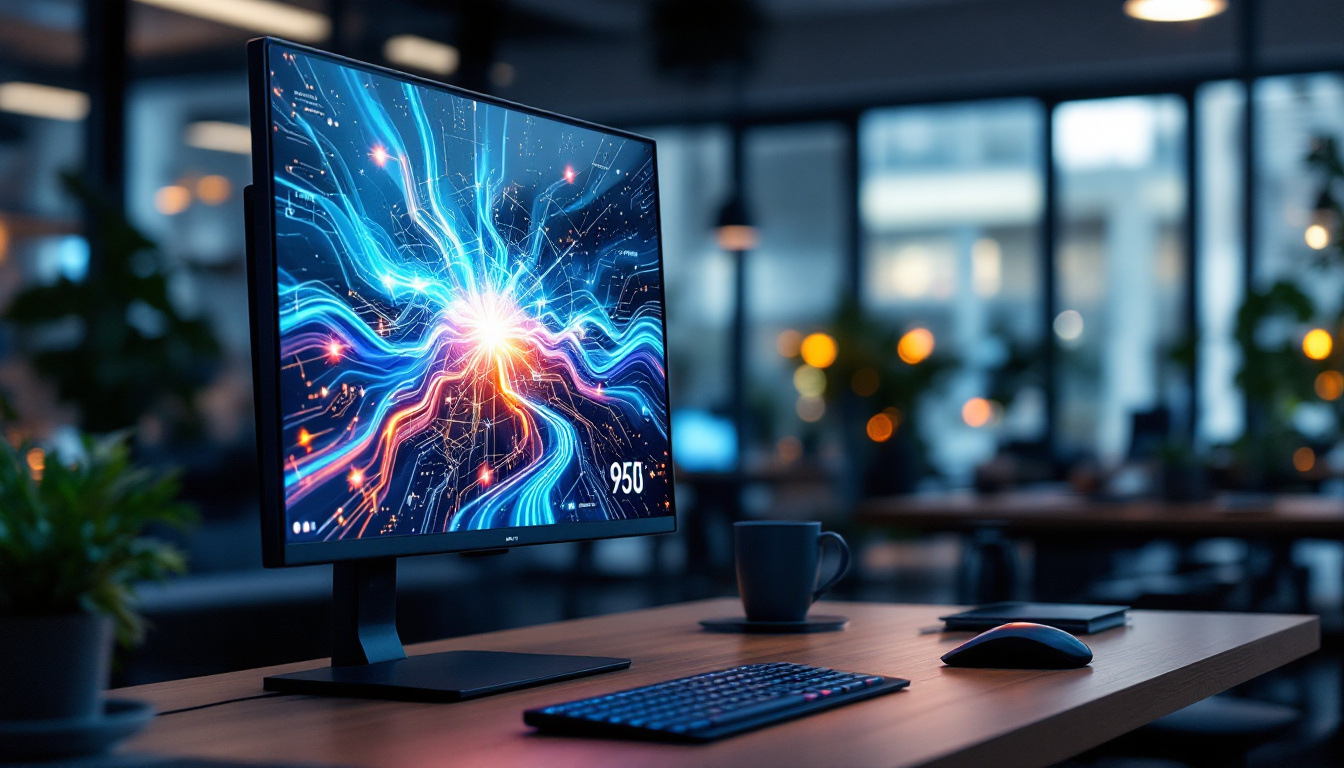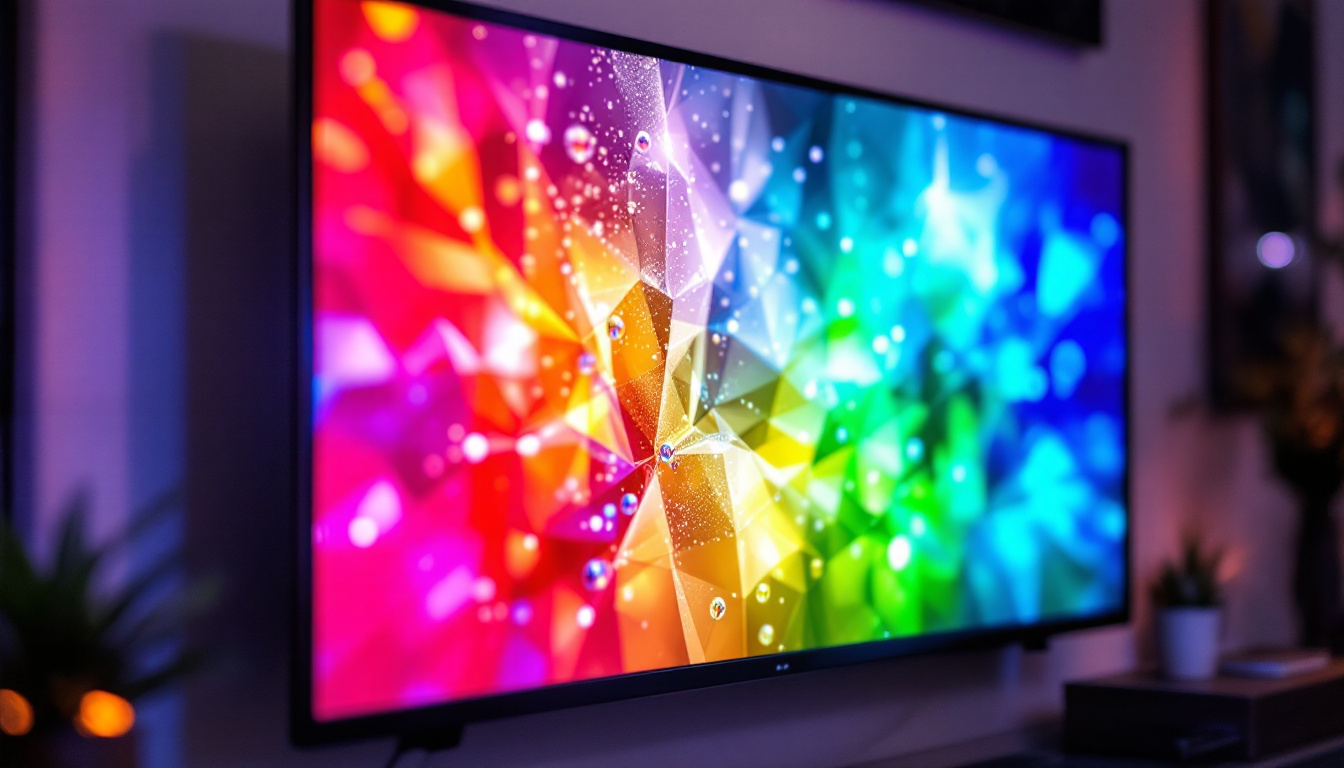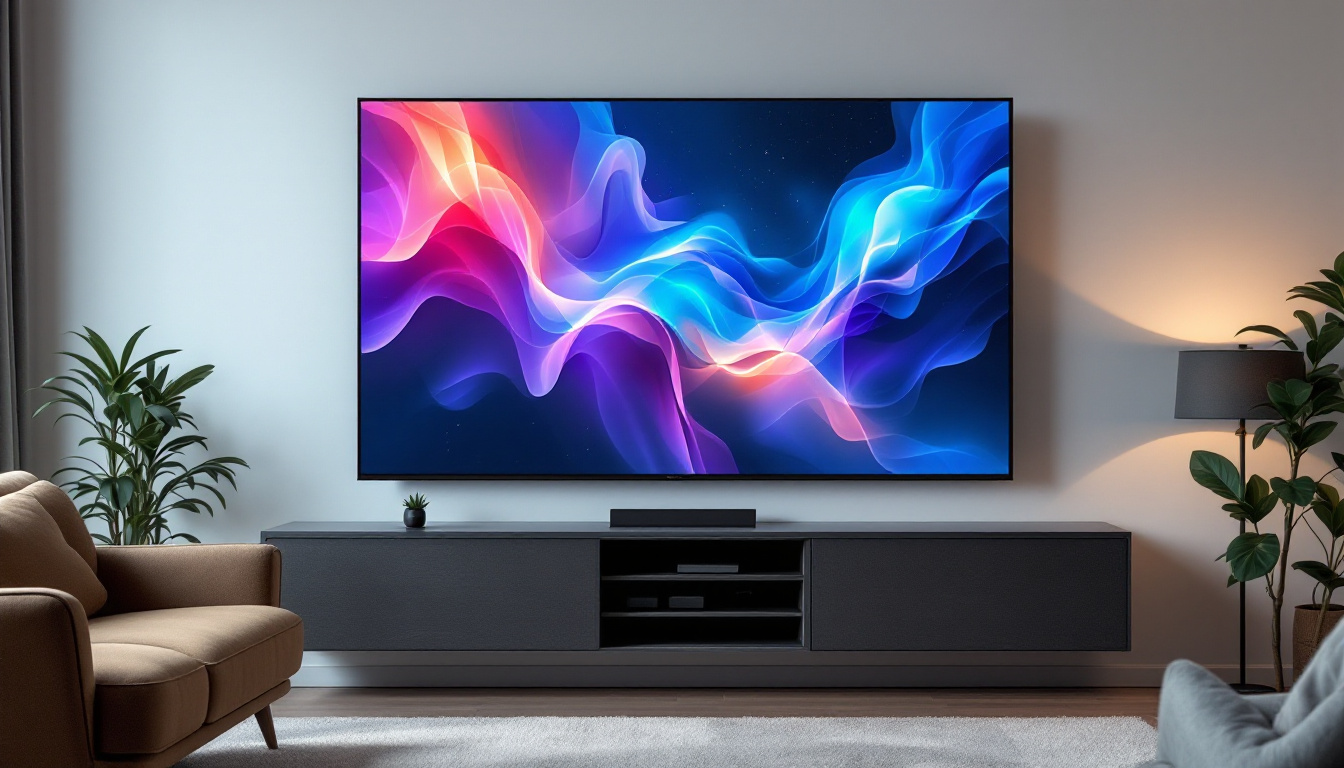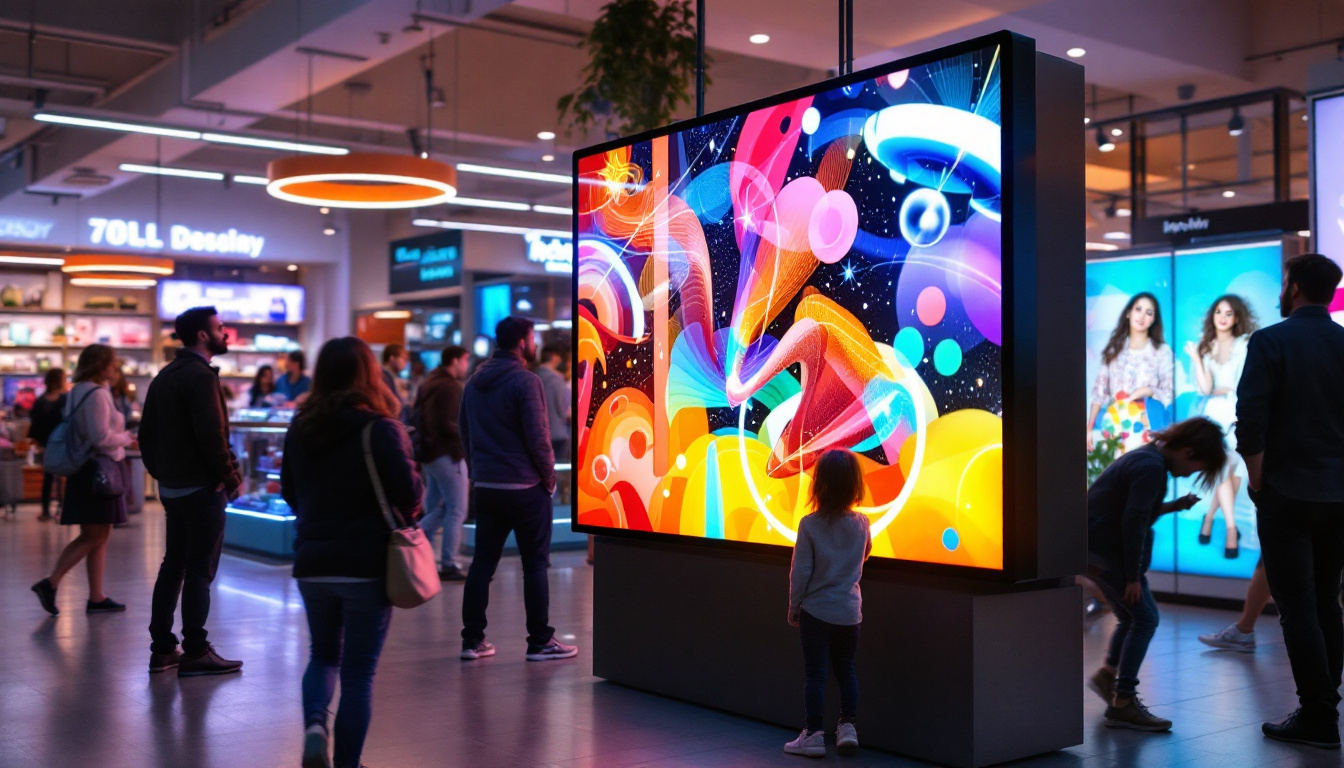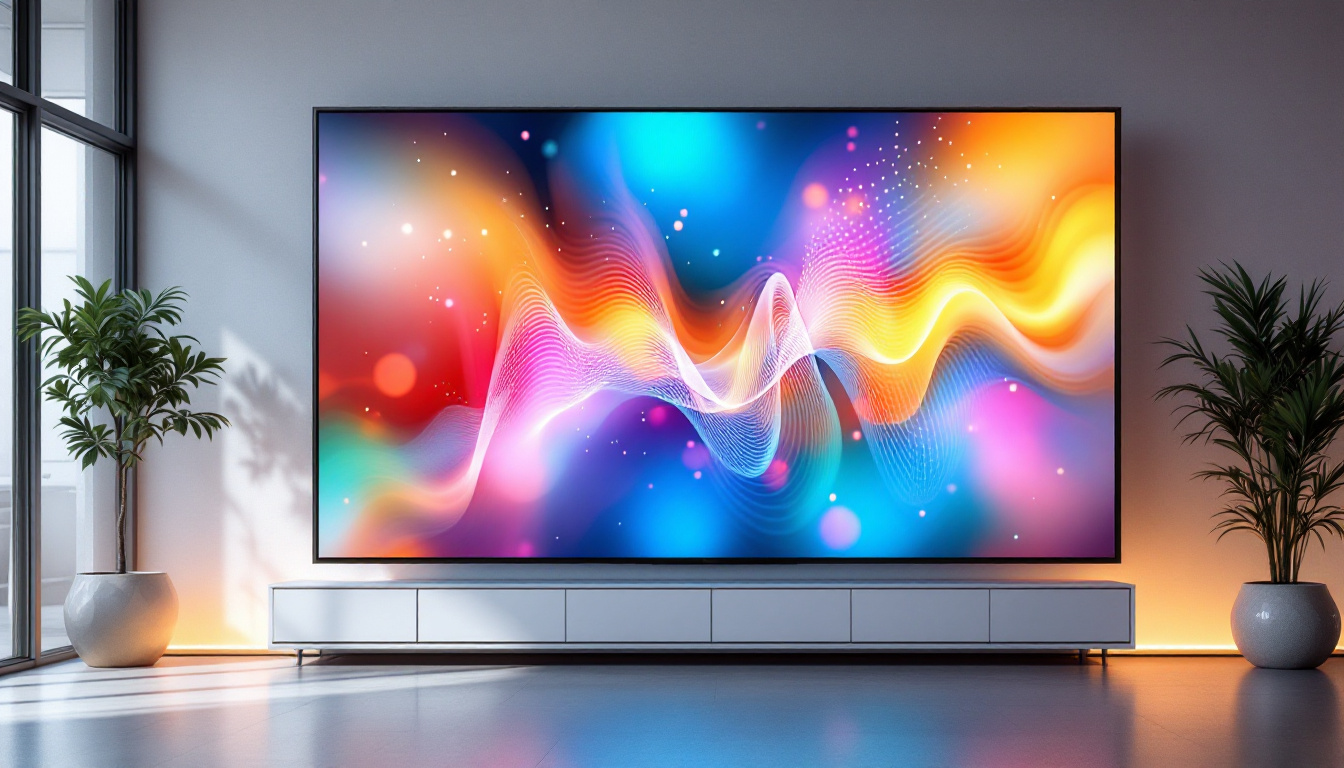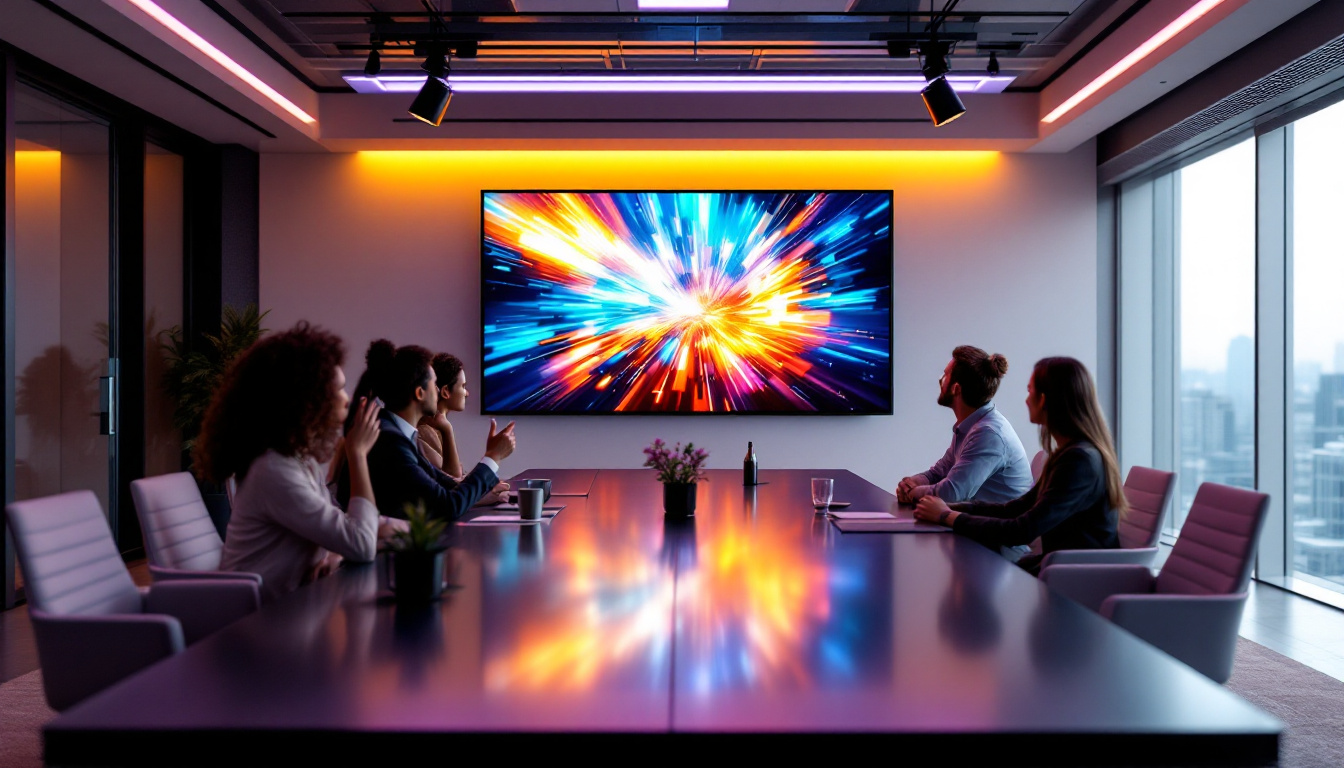Wall Panel TV: LED Display Explained
In recent years, the evolution of television technology has transformed the way we experience entertainment at home. Among the most significant advancements is the introduction of wall panel TVs, particularly those utilizing LED display technology. This article delves into the intricacies of LED displays, their advantages, and how they enhance the viewing experience.
Understanding LED Display Technology
LED, or Light Emitting Diode, technology has revolutionized the television industry. Unlike traditional LCD screens that rely on fluorescent backlighting, LED displays utilize a series of tiny diodes to produce light. This fundamental difference results in numerous benefits, making LED TVs a popular choice among consumers.
How LED Displays Work
At the core of LED technology is the principle of electroluminescence, where a semiconductor material emits light when an electric current is applied. In LED TVs, these diodes are arranged in a matrix, allowing for precise control over brightness and color. This not only enhances the picture quality but also contributes to energy efficiency.
LED displays can be categorized into two main types: edge-lit and backlit. Edge-lit LED TVs have diodes positioned along the edges of the screen, while backlit LED TVs have a full array of diodes behind the screen. The latter generally offers superior brightness and contrast, making it a preferred choice for high-end models. Furthermore, advancements in technology have led to the development of OLED (Organic LED) displays, which take the benefits of LED technology even further by allowing each pixel to emit its own light, resulting in even deeper blacks and a wider color gamut.
Advantages of LED Displays
One of the most notable advantages of LED displays is their ability to produce vibrant colors and deep blacks. This is achieved through local dimming technology, which allows specific areas of the screen to dim while others remain bright. As a result, viewers can enjoy a more dynamic range of colors and improved contrast ratios. This feature is particularly beneficial for watching movies or playing video games, where the visual experience is paramount and can be significantly enhanced by high contrast levels.
Additionally, LED TVs are known for their energy efficiency. They consume less power compared to traditional LCDs, making them an environmentally friendly choice. This efficiency not only benefits the planet but also translates to lower electricity bills for consumers. Moreover, the longevity of LED technology means that these displays often have a longer lifespan than their predecessors, reducing the need for frequent replacements and further contributing to sustainability efforts. As the market continues to evolve, consumers can expect even more innovative features, such as smart technology integration, which allows for streaming and connectivity options that enhance the viewing experience beyond just picture quality.
Design and Aesthetics of Wall Panel TVs
Wall panel TVs have gained immense popularity not only for their technological advancements but also for their sleek and modern design. These TVs are designed to be mounted on walls, providing a clean and clutter-free look that complements contemporary home decor. With their ultra-thin profiles and minimalist bezels, they blend seamlessly into any room, often resembling a piece of art rather than just a television. This aesthetic appeal is further enhanced by the variety of finishes and colors available, allowing homeowners to choose a model that best fits their individual style.
Space-Saving Benefits
One of the primary advantages of wall-mounted TVs is the significant space-saving they offer. By eliminating the need for bulky furniture or entertainment centers, wall panel TVs can make even the smallest rooms feel more spacious. This design choice is particularly appealing in urban living spaces where every square foot counts. Additionally, wall-mounted setups can be paired with floating shelves or built-in cabinetry, which not only provides storage for media devices but also adds an extra layer of sophistication to the overall design.
Moreover, wall-mounted TVs can be positioned at optimal viewing heights, enhancing the overall viewing experience. This flexibility allows homeowners to create a customized entertainment area that suits their preferences and lifestyle. For instance, families with children may choose to mount their TVs higher to keep them out of reach, while those who enjoy movie nights might opt for a lower placement for a more immersive experience. The ability to adjust the angle of the TV with tilting or swiveling mounts also ensures that everyone in the room can enjoy a perfect view, regardless of their seating arrangement.
Integration with Smart Home Technology
As smart home technology continues to evolve, wall panel TVs have adapted to seamlessly integrate with various smart devices. Many modern LED TVs come equipped with built-in Wi-Fi, allowing users to stream content from popular platforms such as Netflix, Hulu, and Amazon Prime Video directly. This capability not only eliminates the need for additional streaming devices but also simplifies the user experience, as everything can be controlled from a single remote or even through a smartphone app.
This integration extends beyond streaming services. Wall panel TVs can also connect to smart speakers, home automation systems, and even voice assistants, creating a cohesive and user-friendly entertainment ecosystem. This level of connectivity enhances convenience and elevates the overall viewing experience. For example, users can easily control their TV with voice commands, adjusting volume or changing channels without having to fumble for a remote. Furthermore, many wall-mounted TVs now feature screen mirroring capabilities, allowing users to display content from their smartphones or tablets directly onto the screen, making it easier than ever to share photos, videos, or presentations during gatherings. The fusion of technology and design in wall panel TVs not only transforms how we consume media but also enriches our living spaces, making them more interactive and engaging.
Choosing the Right Wall Panel TV
With a myriad of options available on the market, selecting the right wall panel TV can be a daunting task. Several factors should be considered to ensure that the chosen model meets individual needs and preferences.
Screen Size and Resolution
When choosing a wall panel TV, screen size is one of the most critical factors. The ideal size depends on the dimensions of the room and the viewing distance. For smaller rooms, a 43 to 55-inch screen may suffice, while larger spaces may benefit from screens measuring 65 inches or more.
Resolution is another essential consideration. While Full HD (1080p) TVs are still common, 4K Ultra HD TVs have become the standard for new purchases. The increased pixel density of 4K displays results in sharper images and better detail, particularly on larger screens.
Additional Features to Consider
Beyond screen size and resolution, various additional features can enhance the viewing experience. Look for models with high dynamic range (HDR) support, which improves color accuracy and contrast. Additionally, features such as local dimming, refresh rates, and smart capabilities should also be evaluated.
For those who enjoy gaming, consider a TV with low input lag and high refresh rates. These features ensure smooth gameplay and an immersive experience, making them ideal for avid gamers.
Installation and Setup
Once the right wall panel TV has been selected, the next step is installation. Proper installation is crucial for both safety and optimal performance. Whether opting for professional installation or a DIY approach, several considerations should be kept in mind.
Choosing the Right Mount
Selecting the appropriate wall mount is essential for securely affixing the TV to the wall. There are various types of mounts available, including fixed, tilting, and full-motion mounts. Fixed mounts keep the TV flush against the wall, while tilting mounts allow for slight adjustments to reduce glare. Full-motion mounts offer the most flexibility, enabling the TV to be swiveled and tilted for the best viewing angle.
Additionally, it’s vital to ensure that the mount is compatible with the TV’s size and weight. Most manufacturers provide detailed specifications, making it easier to choose the right mount for the specific model.
Wiring and Cable Management
Proper cable management is another critical aspect of installation. Unsightly cables can detract from the sleek appearance of a wall-mounted TV. To maintain a clean look, consider using cable management systems that conceal wires within the wall or along the surface.
For those who prefer a more straightforward approach, cable covers can be painted to match the wall color, ensuring they blend seamlessly into the decor. Regardless of the method chosen, effective cable management enhances the overall aesthetic of the entertainment area.
Maintaining Your Wall Panel TV
To ensure longevity and optimal performance, regular maintenance of a wall panel TV is essential. Simple care routines can significantly extend the life of the device while maintaining picture quality.
Cleaning the Screen
Dust and fingerprints can accumulate on the screen, affecting picture clarity. To clean the screen, use a microfiber cloth and a gentle cleaning solution specifically designed for electronics. Avoid using paper towels or abrasive materials, as these can scratch the screen.
It’s advisable to turn off the TV before cleaning to prevent any potential damage. Additionally, regular cleaning of the surrounding area will help minimize dust buildup, ensuring a pristine viewing experience.
Software Updates and Calibration
Many modern wall panel TVs come equipped with smart features that require periodic software updates. Keeping the TV’s software up to date ensures access to the latest features and security enhancements. Most TVs will prompt users when updates are available, making the process straightforward.
Calibration is another important aspect of maintaining picture quality. Many TVs offer preset picture modes, but for the best results, consider calibrating the settings to suit personal preferences and room lighting conditions. This can significantly enhance the overall viewing experience.
Conclusion
Wall panel TVs equipped with LED display technology represent a significant leap forward in home entertainment. Their sleek design, superior picture quality, and integration with smart technology make them an attractive choice for modern households. By understanding the intricacies of LED displays, making informed purchasing decisions, and maintaining the device properly, consumers can enjoy a captivating viewing experience for years to come.
As technology continues to evolve, wall panel TVs are likely to become even more advanced, offering new features and capabilities that enhance the way we consume media. Embracing these innovations will undoubtedly lead to a richer and more immersive entertainment experience.
Discover LumenMatrix’s Innovative LED Display Solutions
Ready to elevate your home entertainment experience with cutting-edge LED technology? LumenMatrix offers a diverse range of LED display solutions tailored to bring your viewing to life. From immersive indoor and outdoor wall displays to dynamic vehicle and sports displays, our products are designed to captivate and engage. Embrace the future of visual communication with our custom, all-in-one, and transparent LED displays that promise to transform your space and the way you share your message. Check out LumenMatrix LED Display Solutions today and join the revolution in high-impact, high-clarity visual experiences.

